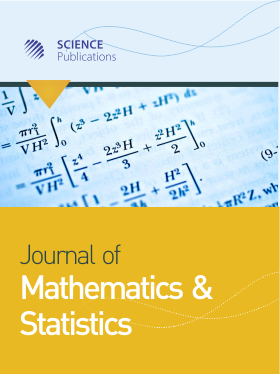Mathematical Analysis of the Non Linear Epidemic Model
- 1 University Mentouri, Algeria
Abstract
Classical epidemic models assume that the size of the total population is constant. More recent models consider a population size variable to take into account a longer period with death and disease causing reduced reproductive. The model contains a disease-free equilibrium and one or multiple equilibria are endemic. The stability of a disease-free status equilibrium and the existence of other nontrivial equilibria can be determined by the ratio called the basic reproductive number, which quantifies the number of secondary infections arise from a simple put infected in a population of sensitive. First, the local stability of the infection-free equilibrium and endemic equilibrium were analyzed, respectively. Second, the endemic equilibrium was formulated in terms of the incidence rate and local asymptotic stability. Finally we applied the adomian decomposition method to the system Epidemiologic. This method yields an analytical solution in terms of convergent infinite power series.
DOI: https://doi.org/10.3844/jmssp.2012.258.263

- 5,802 Views
- 4,141 Downloads
- 1 Citations
Download
Keywords
- Adomian decomposition method
- basic reproduction number
- model epidemiology
- locally asymptotically stability
- global stability
